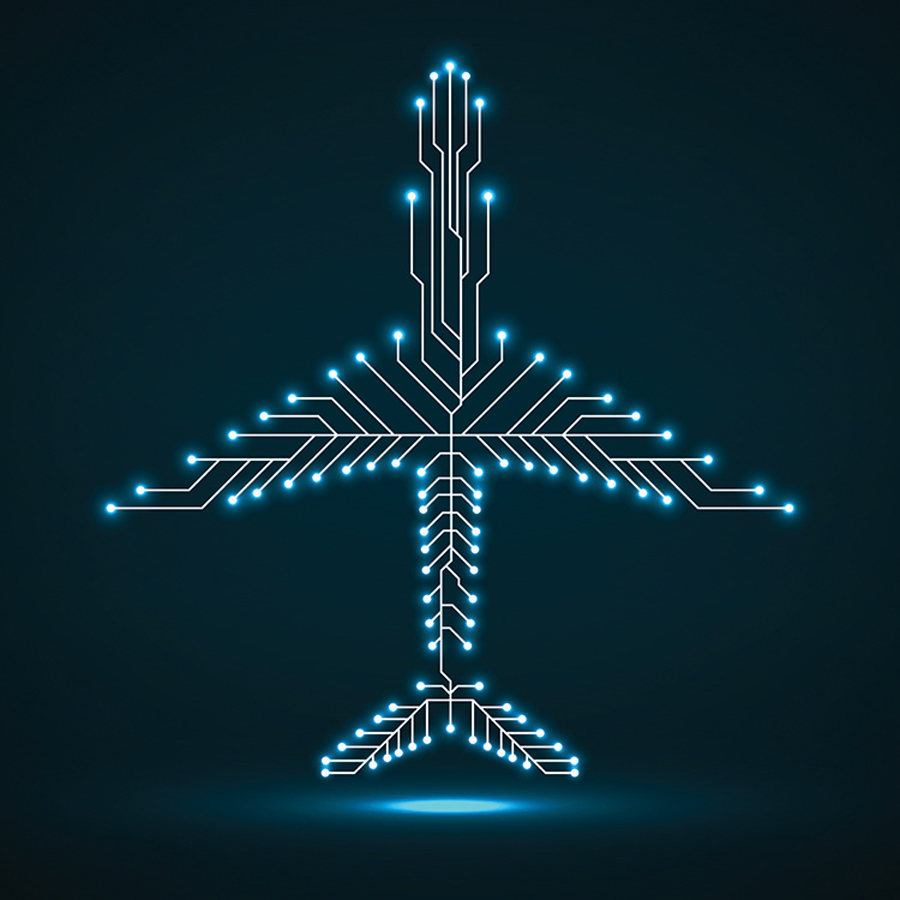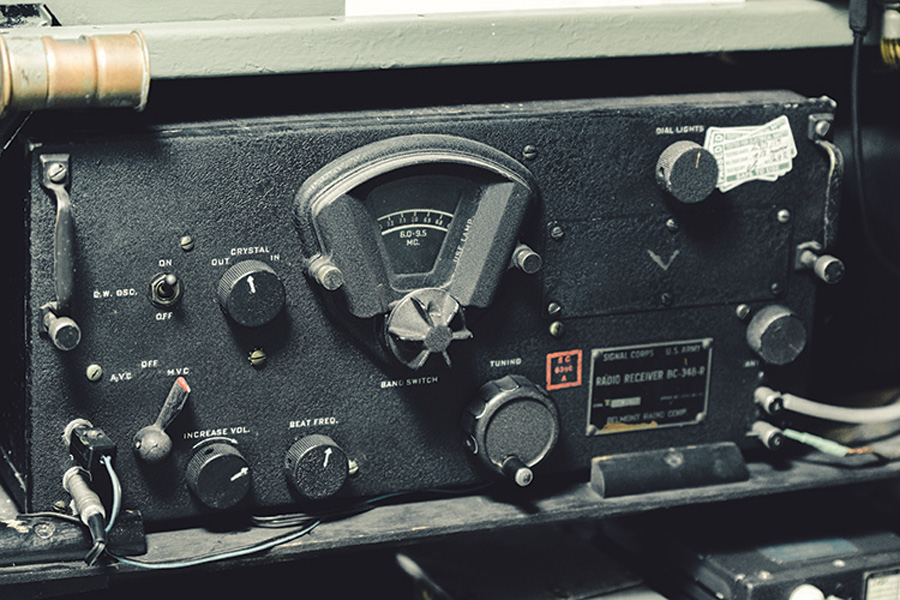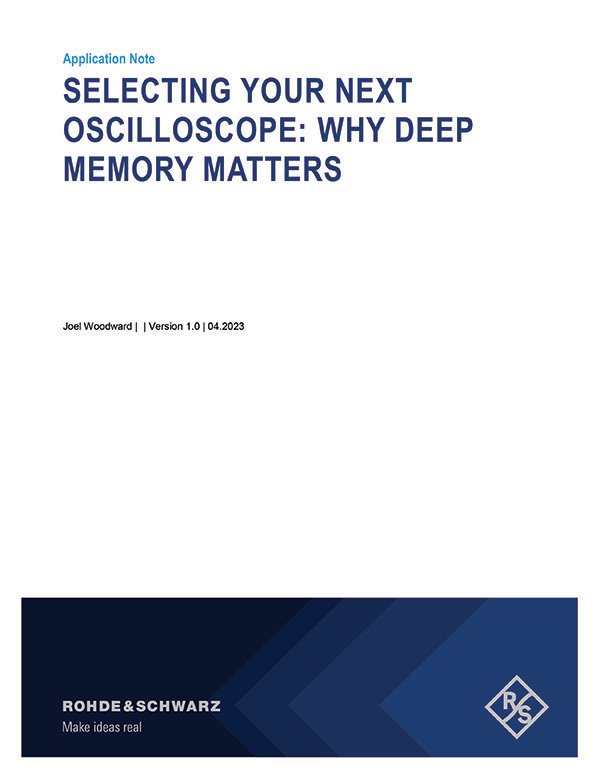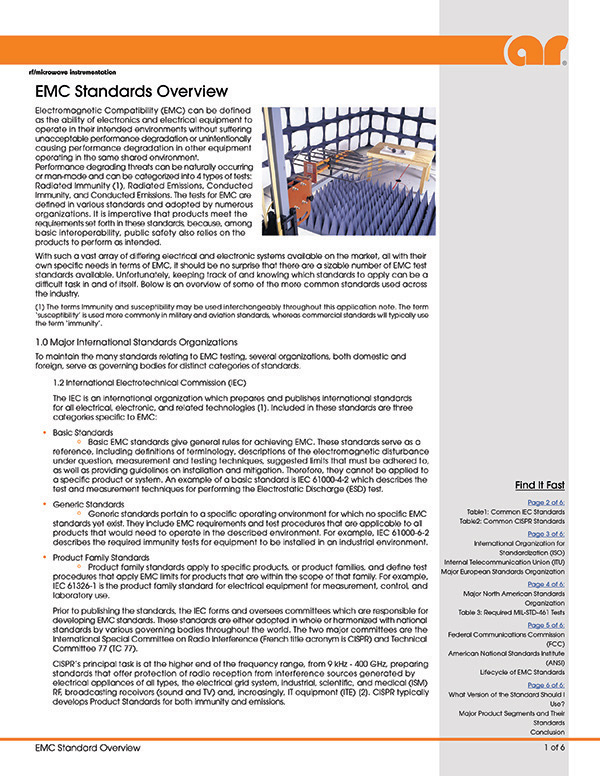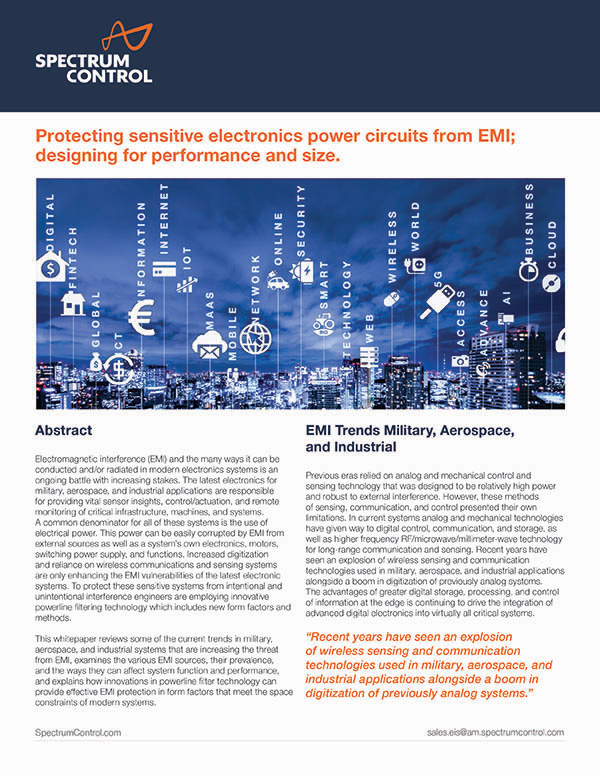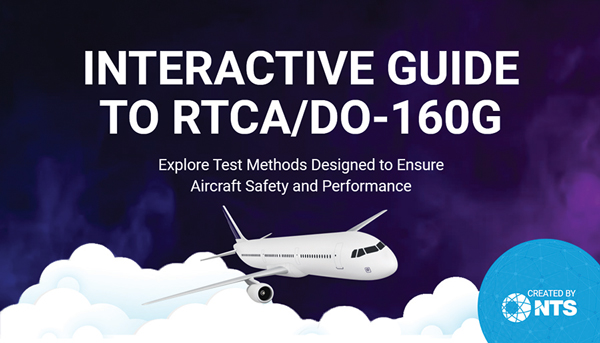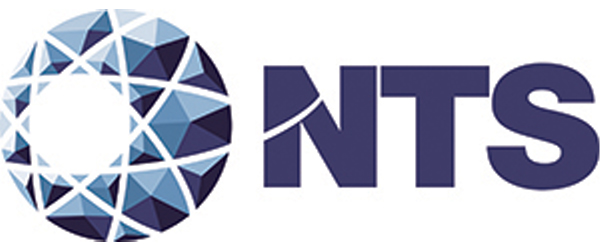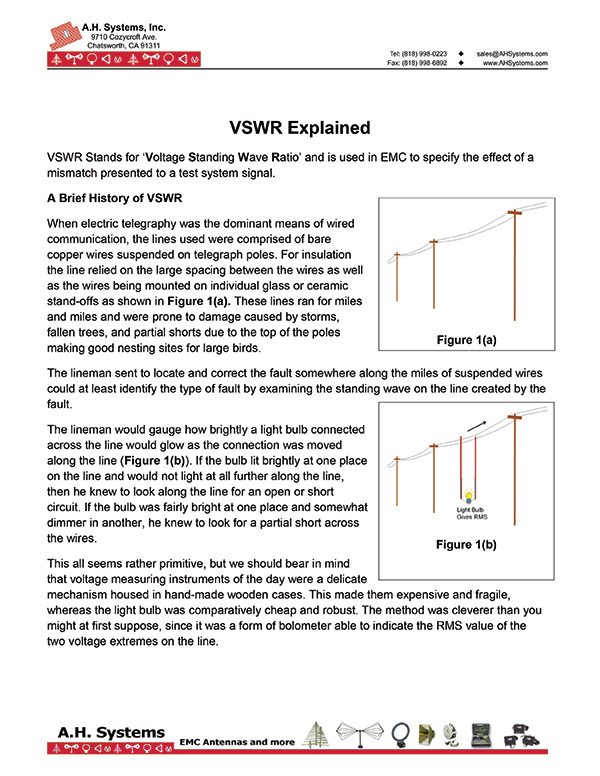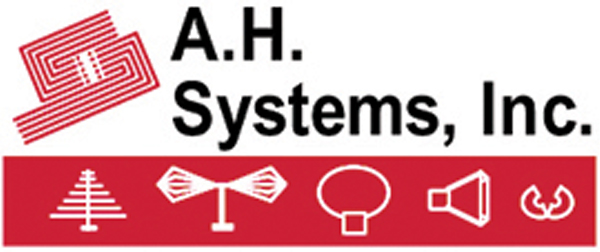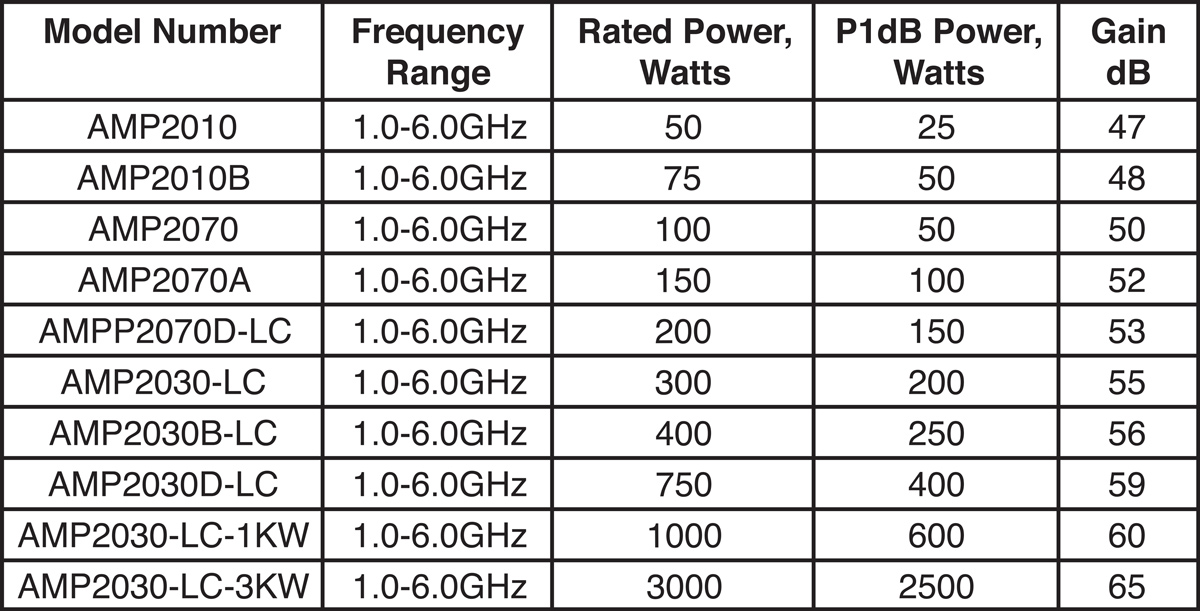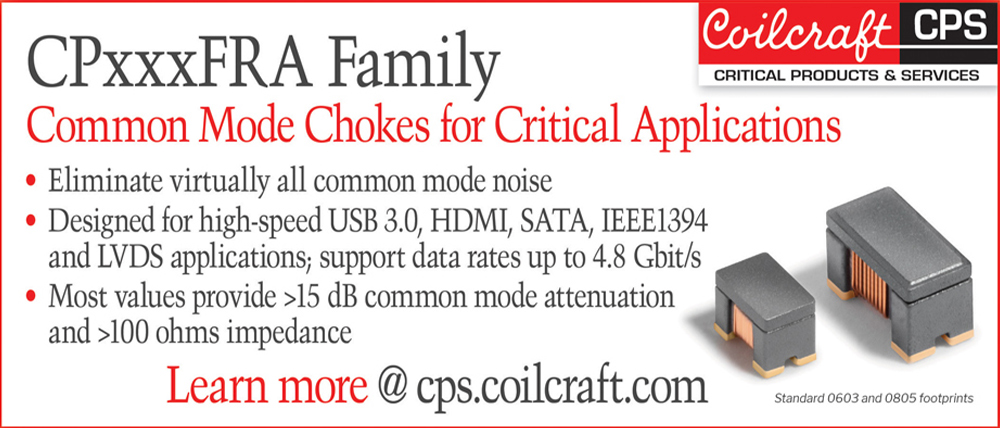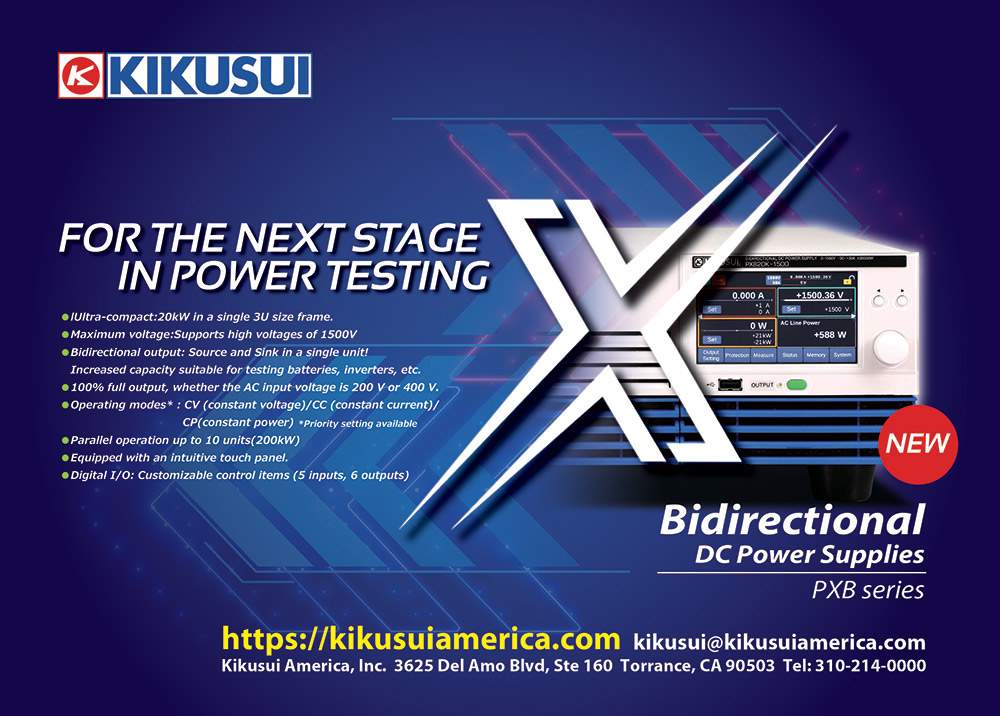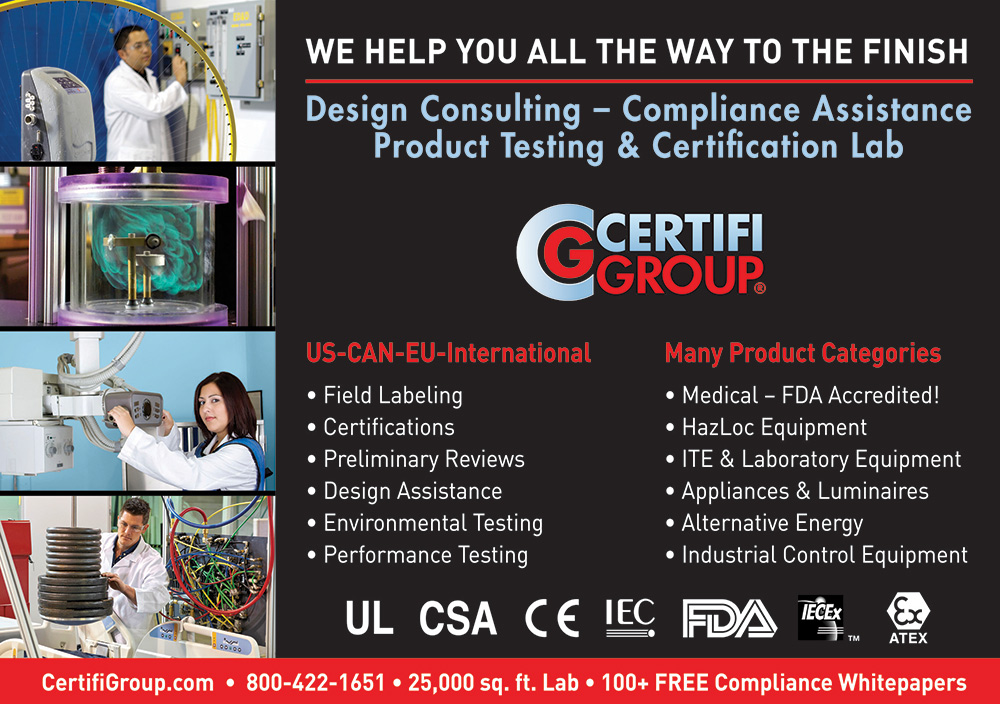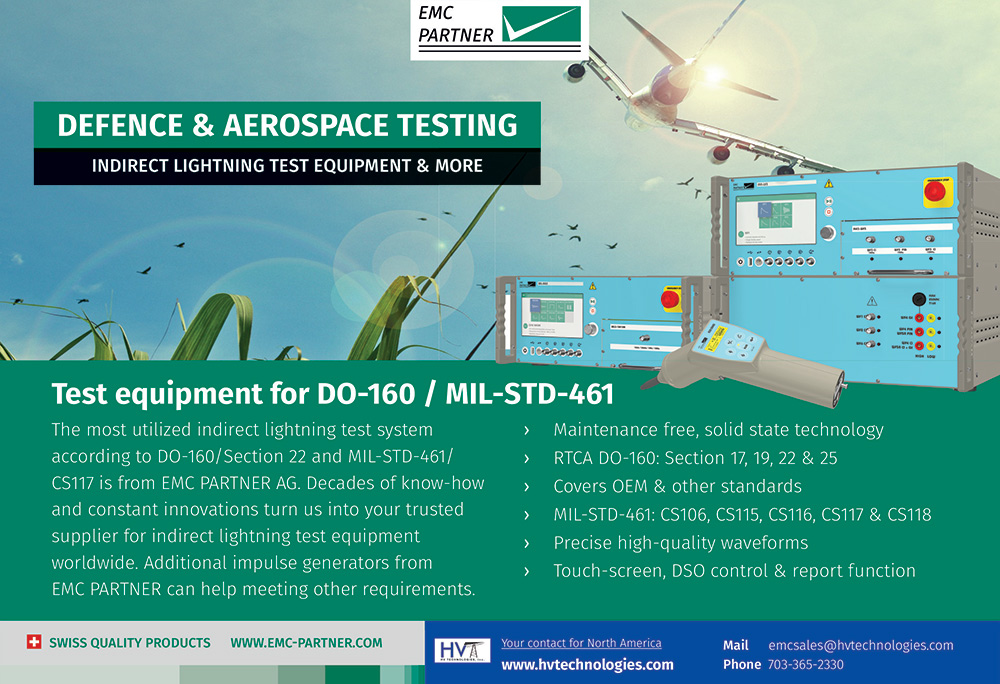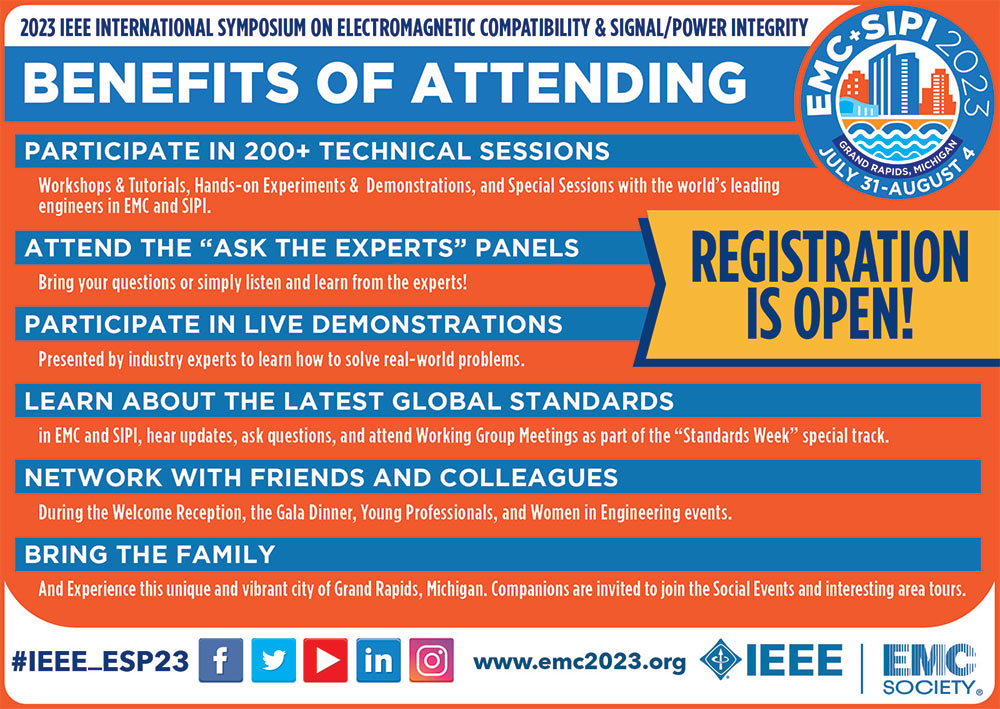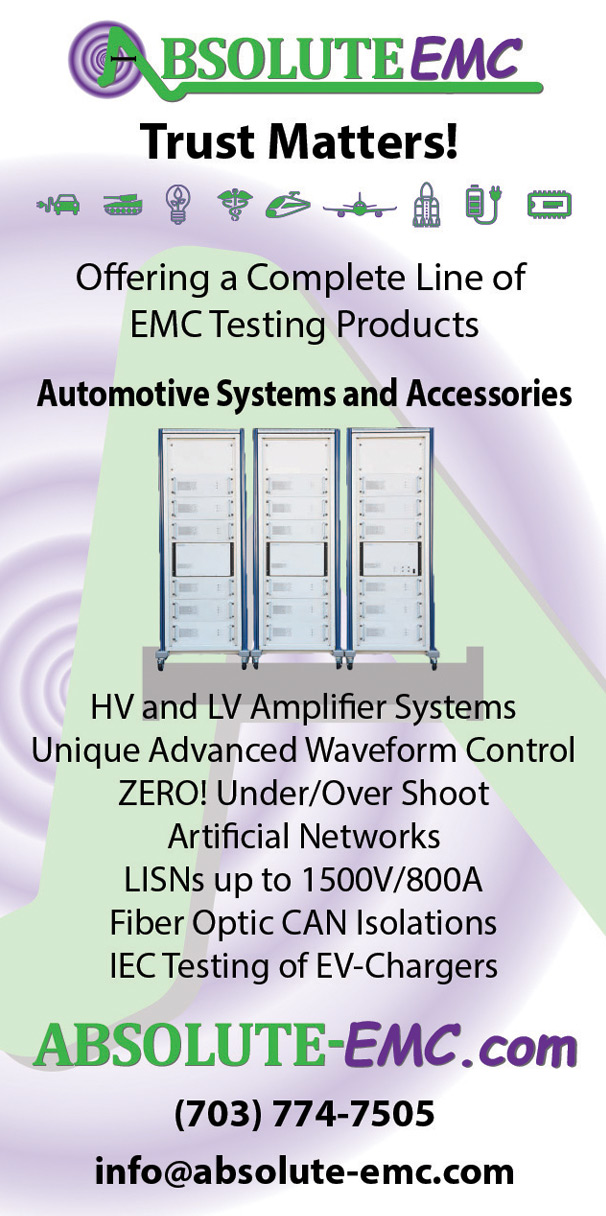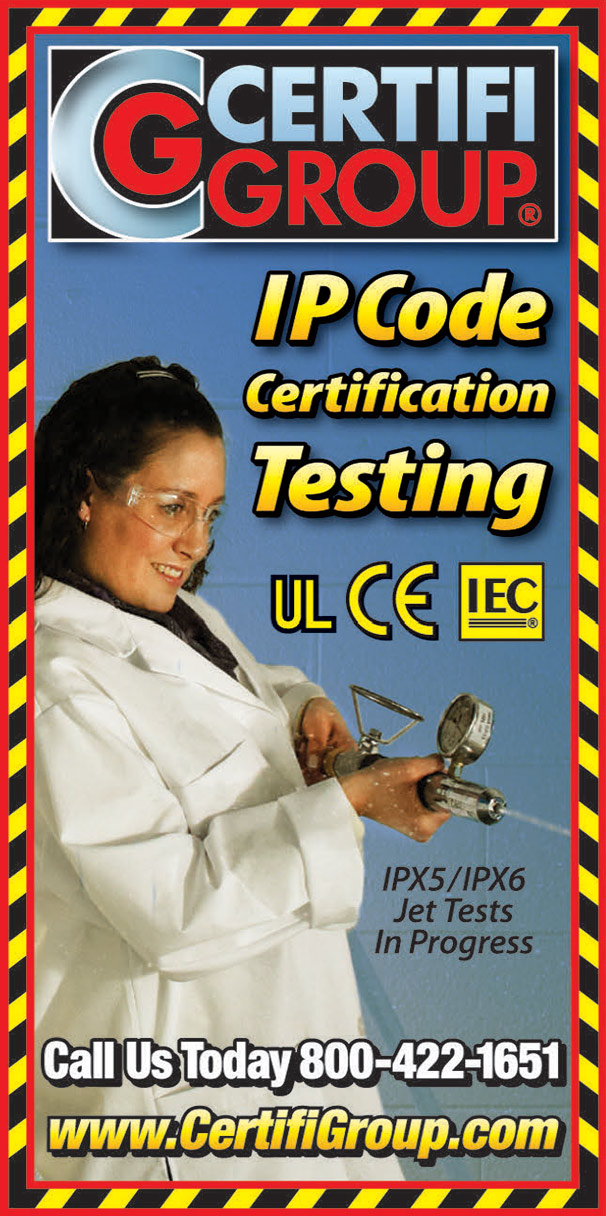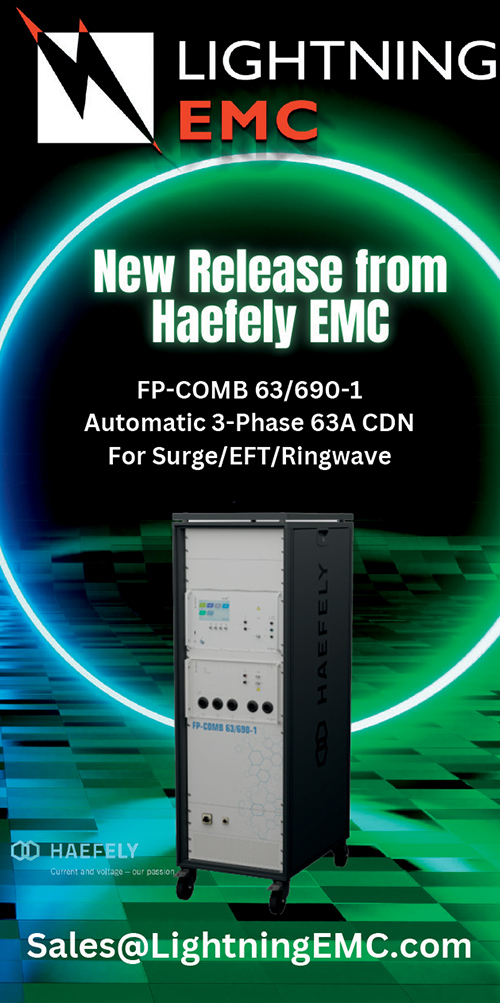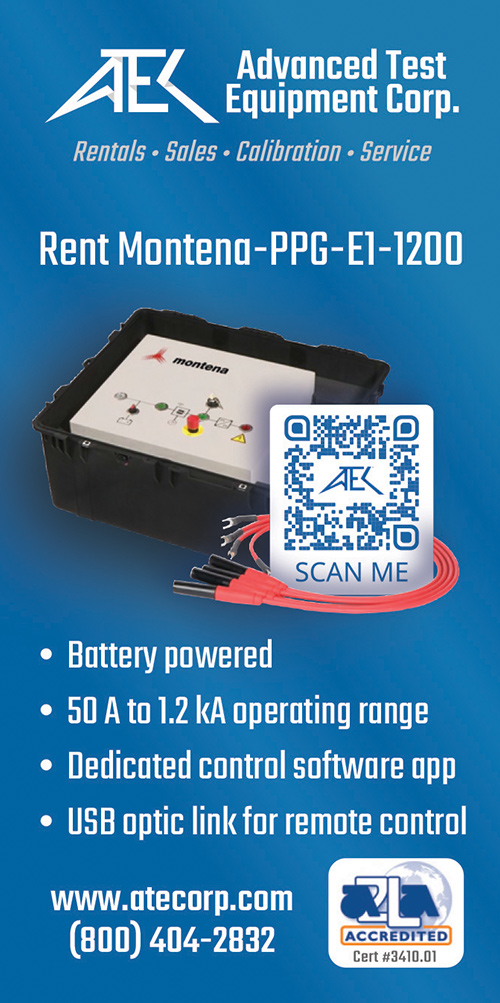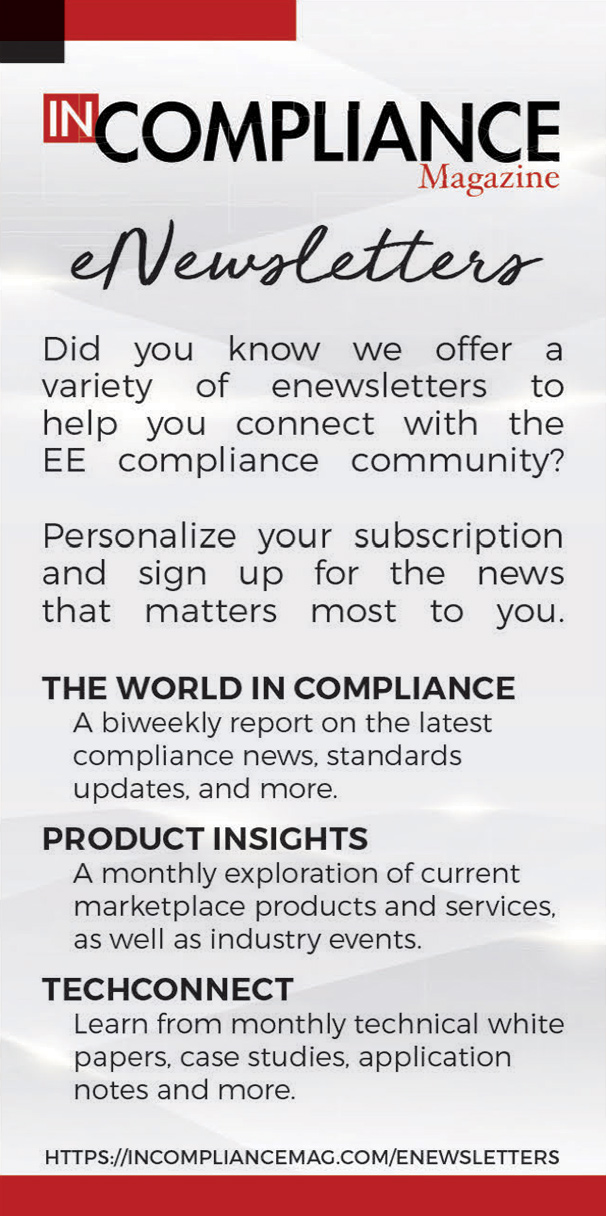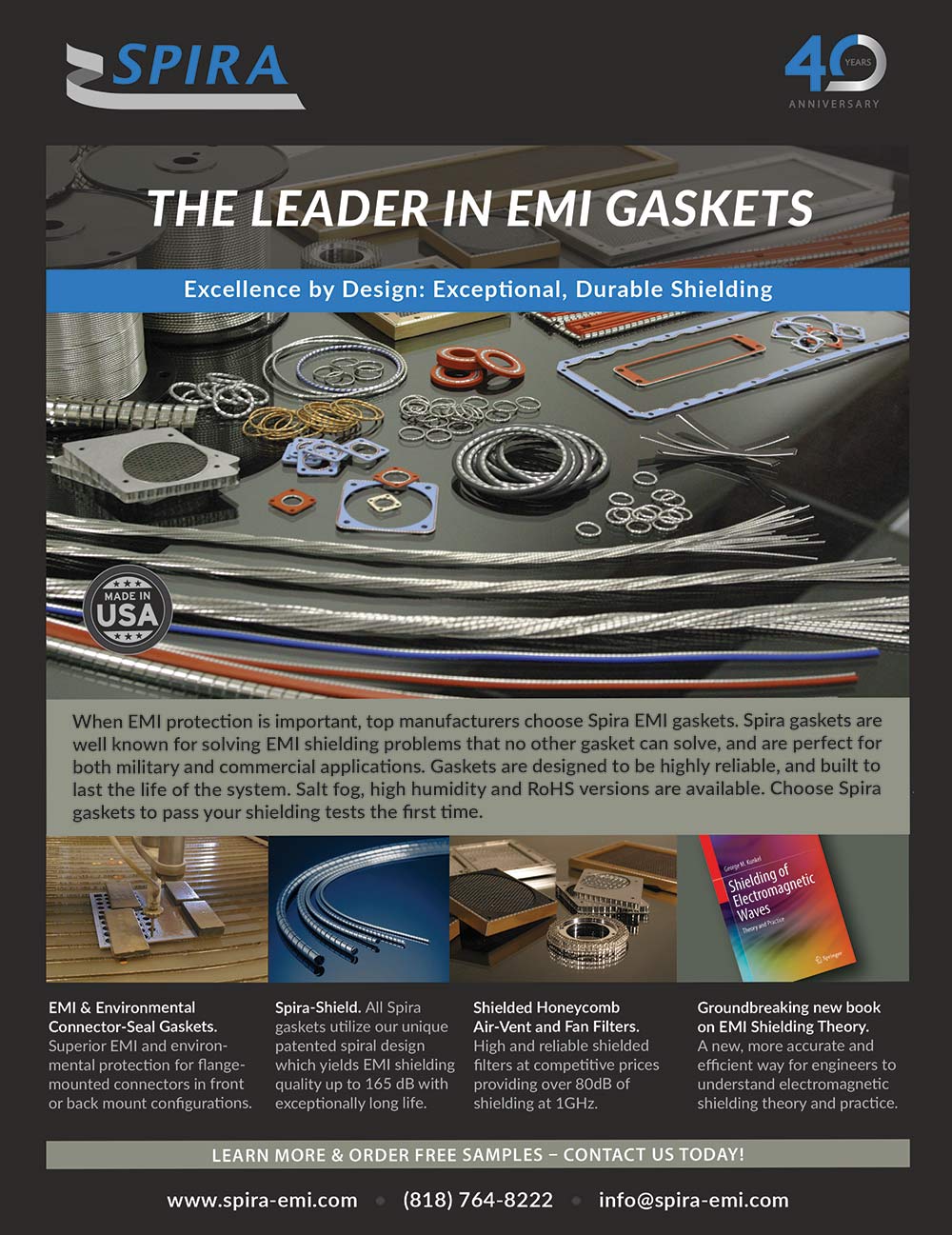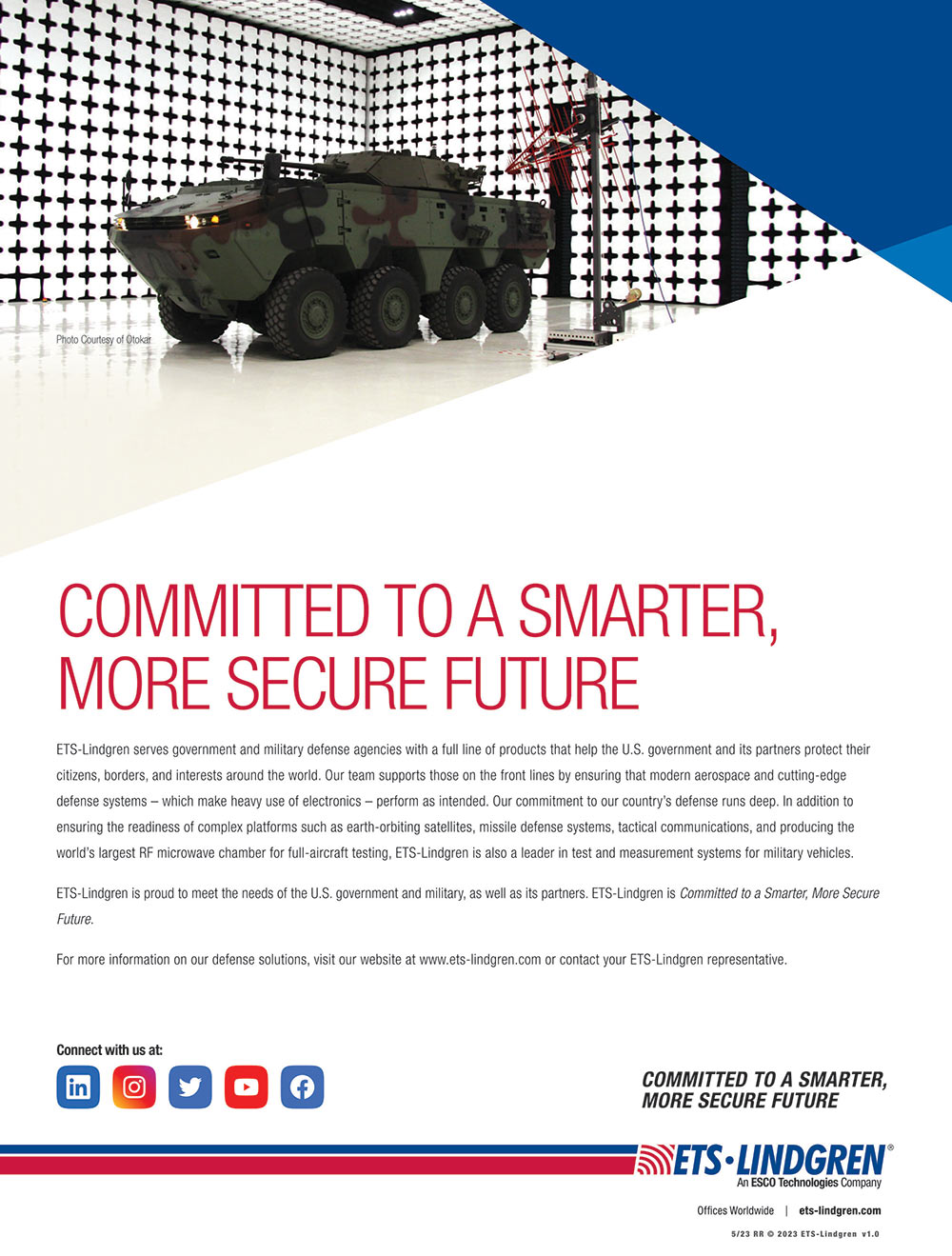
Inductors and Ferrites for Use in EMC
Recognized Components and Ethical Compliance Obligations

Inductors and Ferrites for Use in EMC
Recognized Components and Ethical Compliance Obligations
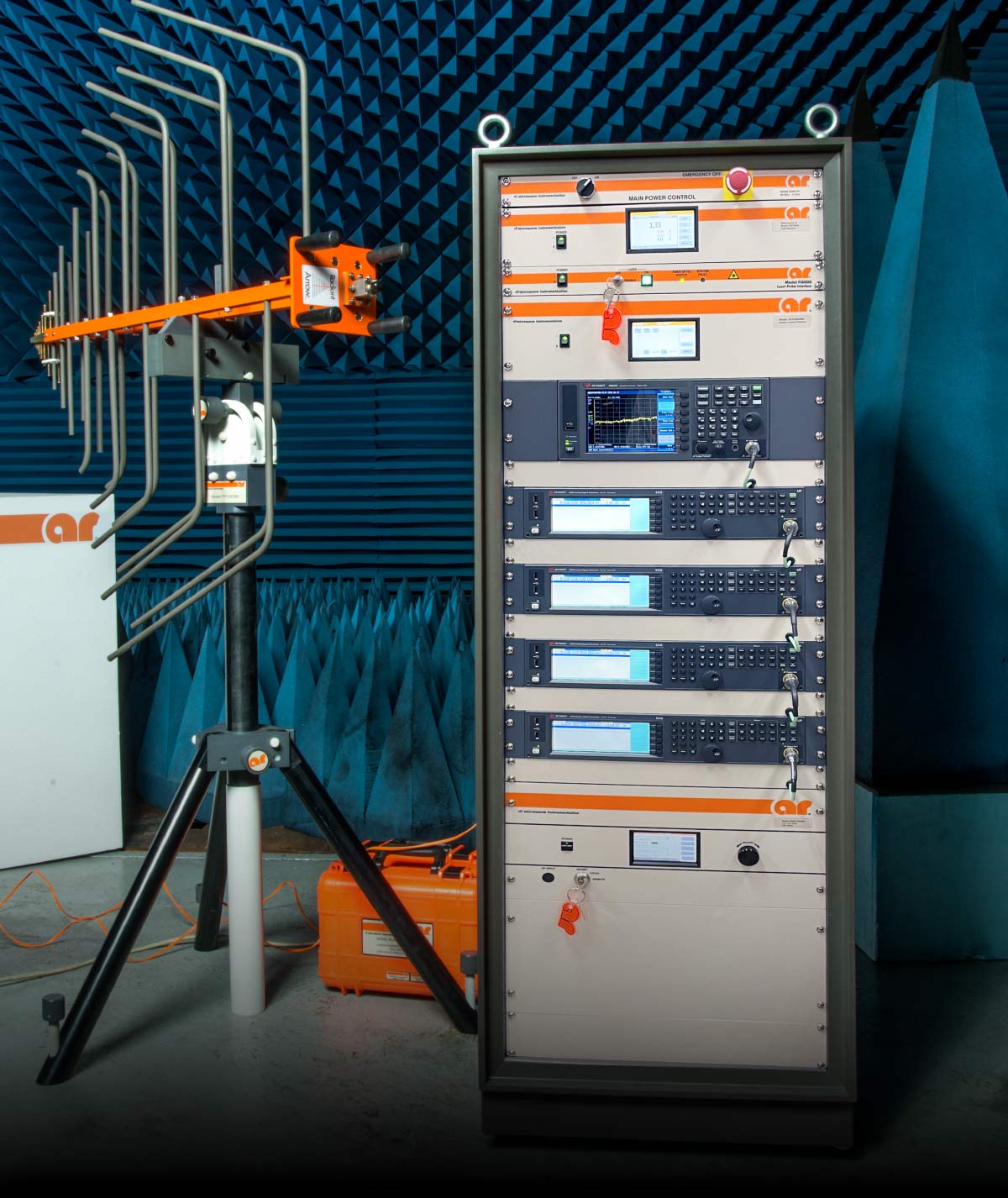
Testing Time by More Than 50%
For example, AR’s Multi-Tone System can reduce the typical time to run traditional tests such as IEC 61000-4-3, ISO 11451, and ISO 11452, by over 50%. In the event of an EUT failure, margin investigation and traditional single tone testing is easily performed through AR’s emcware® software.
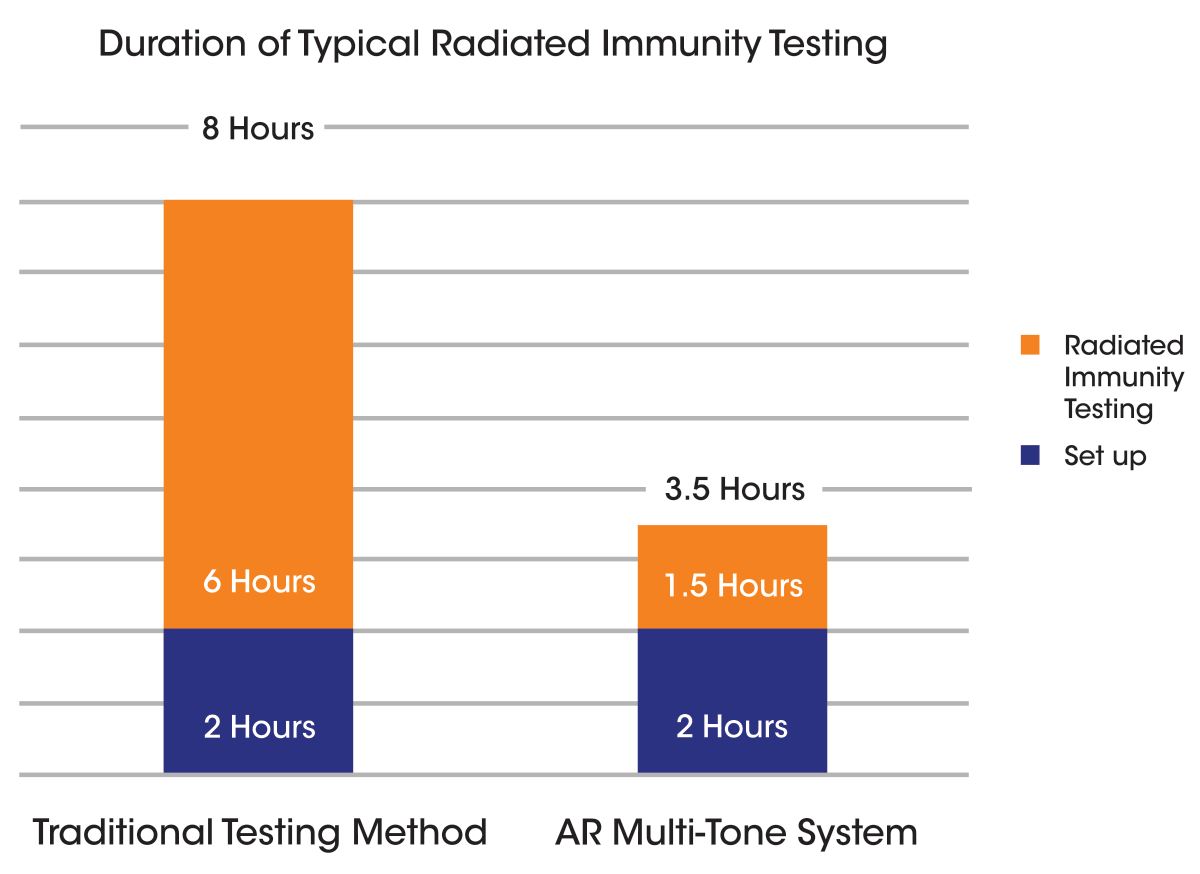
This is a creative way to help your company be more profitable by using your assets more efficiently.

ISSN 1948-8254 (print)
ISSN 1948-8262 (online)
is published by
Same Page Publishing Inc.
451 King Street, #458
Littleton, MA 01460
tel: (978) 486-4684
fax: (978) 486-4691
©Copyright 2023 Same Page Publishing, Inc. all rights reserved
Contents may not be reproduced in any form without the prior consent of the publisher.
While every attempt is made to provide accurate information, neither the publisher nor the authors accept any liability for errors or omissions.
bruce@brucearch.com
keith.armstrong@
cherryclough.com
Leo@EisnerSafety.com
dgerke@emiguru.com
ken.javor@emcompliance.com
kenrossesq@gmail.com
wernerschaefer@comcast.net
Subscriptions outside North America are $129 for 12 issues. The digital edition is free.
Please contact our circulation department at circulation@incompliancemag.com
The FCC’s Policy Statement, “Principles for Promoting Efficient Use of Spectrum and Opportunities for New Services,” presents a framework designed to consider both transmitter and receiver components of wireless systems. The goal of the framework is reportedly to promote improved receiver performance as a key focal point in making more efficient use of the available spectrum and enabling new and advanced wireless technologies to be introduced to the market…
The FDA’s “Third Party Review Organization Performance Report” summarizes the activity of third parties accredited by the FDA’s Accredited Persons Program who completed at least five 510(k) submissions during the first six months of fiscal year 2023 (October 1, 2022, through March 31, 2023).
Created under the scope of the FDA Modernization Act of 1997, the FDA’s Accredited Persons Program…

ike everything else in our modern world, electrification is extending to aviation. Although much of this transformation involves the aircraft’s onboard power generation capabilities such as generators, alternators, magnetos, and auxiliary turbines, battery energy storage systems are becoming increasingly more important. This ranges from small format batteries that provide keep-alive power for memory circuits in avionics to larger battery devices that provide the main source of power to propel the aircraft.
Tel: 702-534-6564 • Fax: 702-441-7016 • Email: sales@exoduscomm.com • www.exoduscomm.com
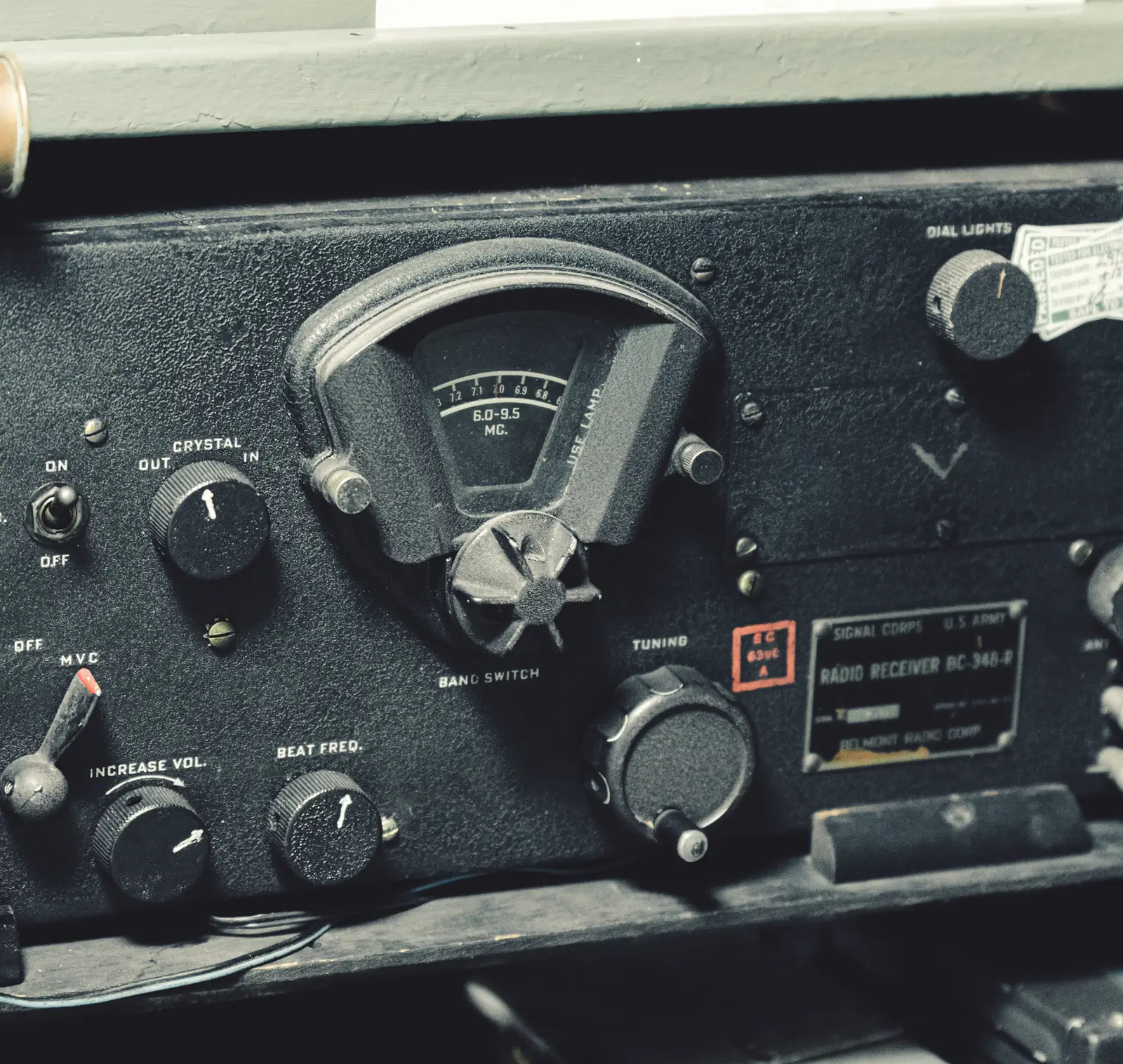

olutions to electromagnetic interference (EMI) problems can be complex in many cases. But when you come back from the lab with unsuccessful radiated emission results, it can be frustrating to hear, “Didn’t you try adding a ferrite?” When used wisely in a good design, ferrites can work very well, but there is a reason they are sometimes called “prayer beads” – we throw them on cables and pray they work.

his is the last of the three articles devoted to the topic of a Smith Chart. The previous two articles, [1,2], introduced the concept of normalized load impedance leading to the resistance and reactance circles, which in turn were used to locate the normalized load impedance on the Smith Chart. This article explains how to use a Smith Chart to determine the input impedance to transmission line at a given distance from the source or the load.
Recall the two typical circuit models of a transmission line [1]. In Model 1, shown in Figure 1, the source is located at z = 0, and the load is located at z = L.
he invention of the bipolar transistor and later the MOS transistor evolution into wide applications for ESD protection in the semiconductor technologies was previously published in the January 2023 issue of this magazine. In this second and final part of the article, we discuss the MOS transistor in the role of ESD protection for high-voltage applications and take a look into a possible future of ESD protection devices for high-performance computing applications.

Spacecraft now and of the future are being controlled by EMC requirements of the past. Little has been done by the launch vehicle/spacecraft manufacturers to abandon…
Using the original concept, the system failed for EFT testing at 1kV in a capacitive coupling clamp. The reason was that the distributed control units and the central screen…
This study into disconnector-related EMI was initiated following series of failures experienced at Brenner substation – an Eskom 275/88kV open-air substation…
The Wall Street Journal reports that military investigators are exploring the possibility the electromagnetic interference may have been the cause of two friendly fire incidents during the Iraq war…
CNN reports that pilots approaching Luton airport in Great Britain recently picked up more than the monotone of the air traffic controller over their radios. Authorities reportedly worked 12 hours to track down..
View Index
IEEE International Microwave Symposium (IMS)
June 20-22
Sensors Expo & Conference
July 10-13
Military Standard 810 (MIL-STD-810) Test Training
July 23-28
IEEE International Symposium on Antennas and Propogation
and
USNC-URSI Radio Science Meeting
July 31-August 4
IEEE EMC+SIPI 2023
EMC Europe
September 12-14
The Battery Show
September 17-22
European Microwave Week
September 21
2023 Minnesota EMC Event
October 4-6
The Battery Show India
October 8-13
45th Annual Meeting and Symposium of the Antenna Measurement Techniques Association (AMTA)
Fundamentals of Random Vibration and Shock Testing Training
December 4-7
Military Standards 810 (MIL‑STD-810) Test Training






